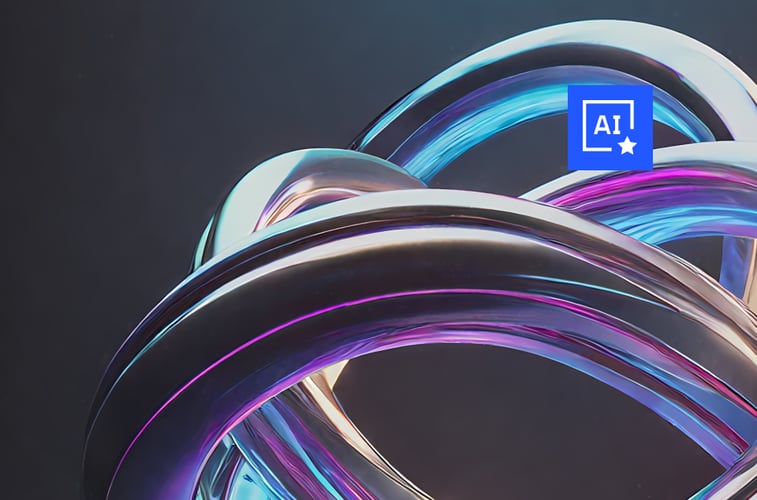The thought of attaining a top search result on Google still makes marketers foam at the mouth, but recent research suggests that there are plenty of other areas on search engine results pages (SERPs) that attract user attention. Let’s explore why this is the case and how it can inform the way you design your own on-site search pages.
A brief history of Google SERPs
Google was born in 1998. Back then, all you’d get in return for your carefully crafted search query was a simple list of organic results. While at the time this was a monumental technological feat, we all know this was only the beginning.
The new millennia saw the search engine take its first steps towards becoming the behemoth it is today with the invention of AdWords in 2000, bringing sponsored content to SERPs. Between 2001-2007, Google started searching all online content, not just web pages, this is known as ‘universal search’. At the same time, it implemented ‘vertical search’ features like Maps, News, Videos, Images, Shopping, Books etc.
From 2008 onwards Google has been continuously adding features that change the way information is displayed on SERPs. Here’s a few examples:
Quick Answers display answers to simple queries without requiring you to click through to a web page. They’re essentially Google’s way of saying “Is that all you got? Please, that barely tickled my algorithm.”
Knowledge Graphs present a range of different information related to a given topic or item you’ve searched for. These are incredibly useful when it’s 3:00 A.M. and you just have to know the average sodium content of 100g of pomegranate. (6mg, in case you’re wondering).
Carousels present a row of images related to your search that, when clicked, open a new query based on your selection. Why? Because pretty pictures attract your eyes like moths to a flame, as we’re about to find out…
Stay calm. Your eyeballs might be having a panic attack.
It’s pretty obvious that things have come a long way since 1998, but how has this impacted the way we process SERPs?
Research conducted by Nielsen Norman Group reveals that as SERPs become increasingly complex, how users navigate them becomes increasingly non-linear. The study analysed 471 queries and used eye tracking to trace user gaze as they process content displayed on SERPs.
Visually ‘heavy’ elements on the page attracted the user’s gaze. For instance, elements like featured snippets were looked at by 74% of users. Organic results in close proximity to these elements received additional attention as a result. However, because these elements aren’t necessarily displayed in close proximity to one another, user gaze tends to bounce around the page like a pinball, hence the term ‘Pinball Pattern’.
While top ranking results still enjoy significantly more user attention, as long as you’re ranking among the top 5 results, you’ll have 10-20% of getting a click and an impressive 40-80% chance to get eyeballs on your result. It becomes clear that the visually ‘heavy’ elements on Google SERPs expand the amount of screen real-estate user gaze is likely to cover, increasing the chance that organic search results located further down the page will peak user interest.
Nielson Norman Group’s study also revealed several instances of what they refer to as ‘perpetual viewing’ in which users would click one result and continue to browse the SERP while that page loaded.
It’s important to note that despite user gaze extending across more of the SERP, you still want to be appearing on the first page of results, with only 2% of users continuing their search onto the second page.
The Pinball Pattern and You
The value of the top-ranking result on Google is predicated on the notion that we navigate SERPs in a linear, sequential manner. The Pinball Pattern proves that we don’t anymore. This behaviour is compounded by the fact that different queries display different combinations of these visual elements. The lack of consistency between queries mean that our eyes need to work harder to make sense of what’s just appeared in front of them.
With that in mind, it’s a good idea to try and include visual elements in your on-site search results pages to attract user gaze. However, be sure to make consistent use of them from search to search so users can quickly identify the information they need and continue moving through your site. Google doesn’t mind if we spend a lot of time on Google results pages, unlike your business, which should be aiming to get users from search query to desired content as quickly as possible.

/Luxid%20blog/pinpall%20cafe%20jeremy-yap-b7Qzbp6yxBQ-unsplash_1920.jpg?width=1600&height=1000&name=pinpall%20cafe%20jeremy-yap-b7Qzbp6yxBQ-unsplash_1920.jpg)







